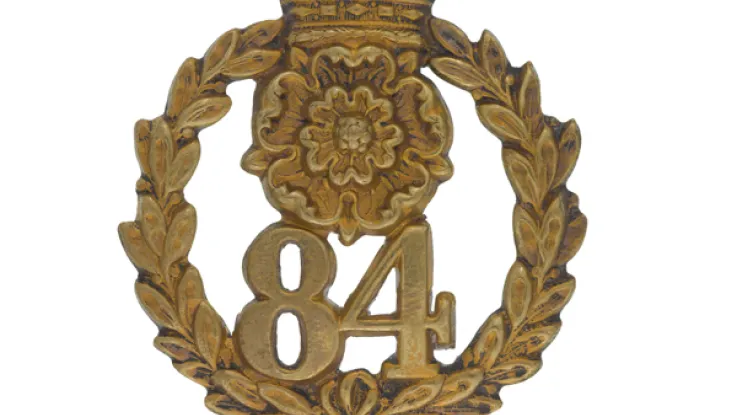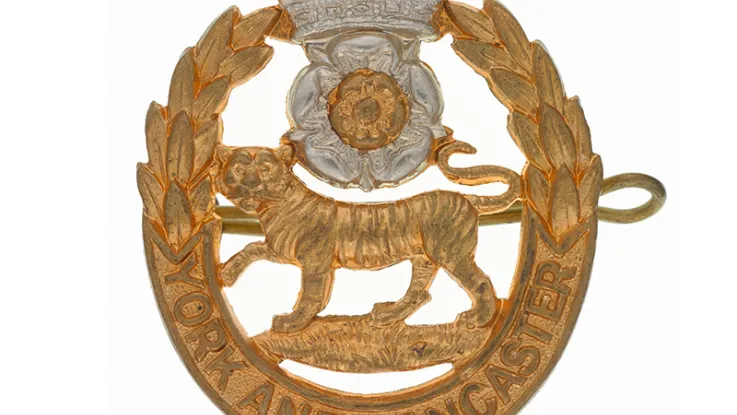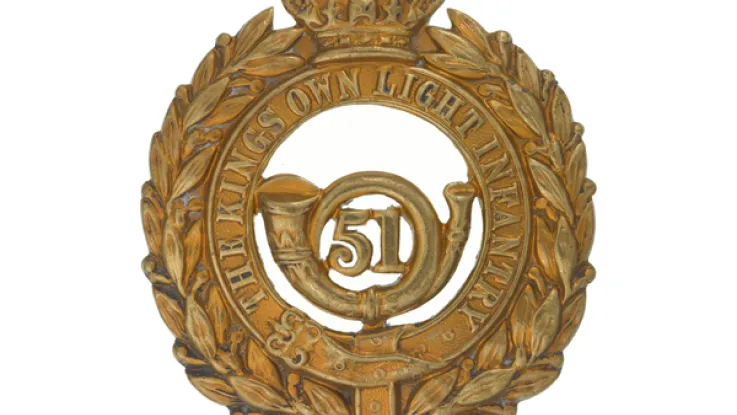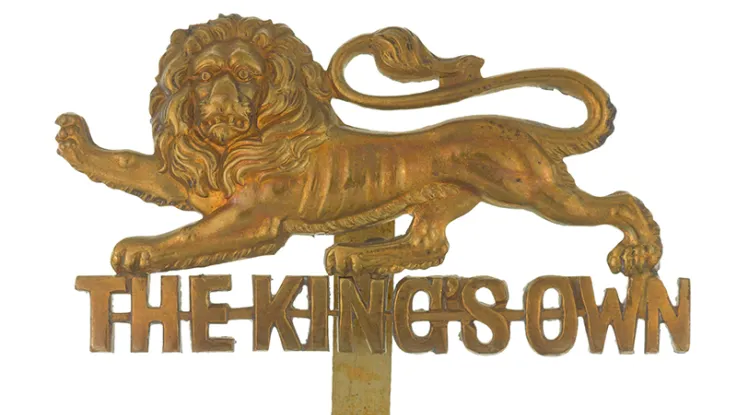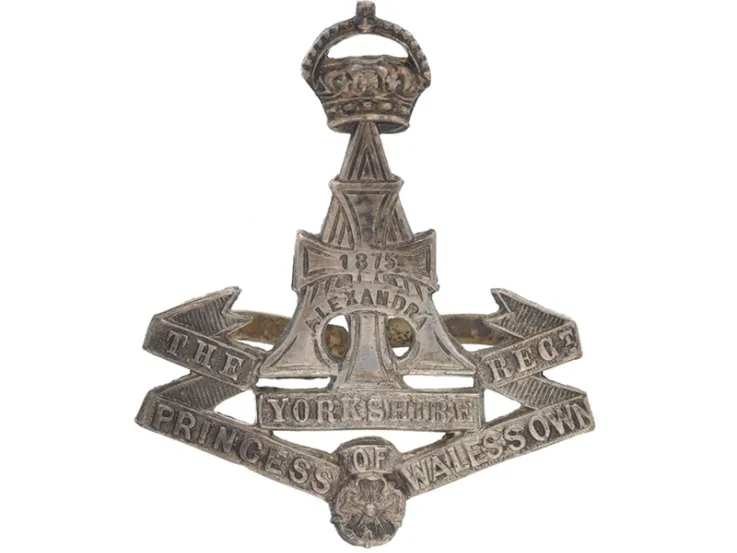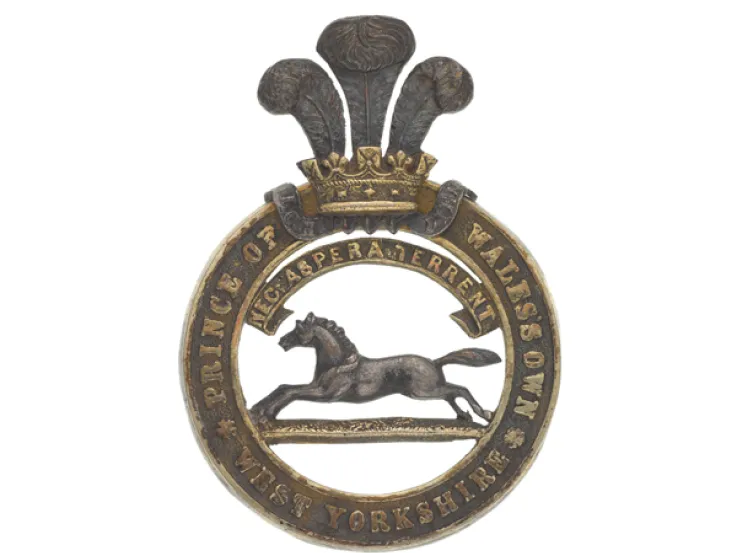Explore more from Regiments and Corps
65th (2nd Yorkshire, North Riding) Regiment of Foot
4 minute read
Origins
In 1756, Britain had just entered the Seven Years War (1756-63) against France and needed a bigger army. To meet this demand, the 12th Regiment of Foot raised a 2nd Battalion. Two years later, in 1758, this became a regiment in its own right, with the numeral 65.
Its first overseas deployment was to the West Indies from 1758 to 1763. During this posting, it took part in the capture of the islands of Guadaloupe (1759) and Martinique (1762), and the city of Havana on Cuba (1762).
Revolutionary Wars
After a period in England and Ireland, the 65th Foot joined the garrison of Boston in 1769 and so was already in theatre on the outbreak of the American War of Independence (1775-83).
Its grenadier and light companies took part in the attack at Bunker Hill (1775). However, after a single year’s campaigning, the regiment was so depleted that its surviving soldiers had to be drafted to other units and its officers sent back to England to re-recruit.
In 1782, both the 65th Foot and the 19th Foot gained a county association with the North Riding of Yorkshire. The latter became the 19th (1st Yorkshire North Riding) Regiment of Foot, while the former became the 65th (2nd Yorkshire North Riding) Regiment of Foot.
The next overseas posting for the 65th Foot came in 1782-83, when it helped resist the combined forces of France and Spain during the Great Siege of Gibraltar. It then spent a year in Ireland, before seven years in Canada from 1784. A brief spell in the West Indies followed from 1793, following the outbreak of the French Revolutionary Wars (1793-1802).
Indian subcontinent
The regiment sailed from Britain to the Cape of Good Hope in 1800. From there, it sent two companies to fight in the Kandian War in Ceylon (now Sri Lanka) in 1803.
The entire regiment was based in India from 1803 to 1822, fighting in the capture of Mauritius in 1810 and in the Third Maratha War (1817-19). The latter service included the Battle of Kirkee (1817), where the regiment, fighting alongside just over 2,000 East India Company troops, helped defeat Peshwa Baji Rao II's force of 18,000 cavalry and 8,000 infantry.
The 65th also joined the Company's troops in operations against the pirate settlements in the Persian Gulf, making it the only British regiment with ‘Arabia’ as a battle honour. This deployment included the capture of Shinas in what is now Oman in 1810.
On its arrival home in 1823, it was granted the Royal Tiger in honour of its long deployment on the subcontinent.
Victorian period
Over the next 20 years, the 65th spent time garrisoning Britain, Ireland, the West Indies and Canada. From 1846 to 1865, it was in New Zealand, fighting in the Maori Wars (1846-72). According to legend, this posting earned the regiment the nickname 'the Hickety Pips' after the Maoris’ mispronounciation of ‘65th’)
Following this deployment, the unit then spent another six years in England and Ireland, before returning to India in 1871.
Legacy
It was still in India in 1881, when it was merged with the 84th (York and Lancaster) Regiment of Foot to form The York and Lancaster Regiment.
Regimental museums
The National Army Museum works with a network of Regimental and Corps Museums across the UK to help preserve and share the history and traditions of the Army and its soldiers.
Discover more about the 65th (2nd Yorkshire, North Riding) Regiment of Foot by visiting Clifton Park Museum in Rotherham.





